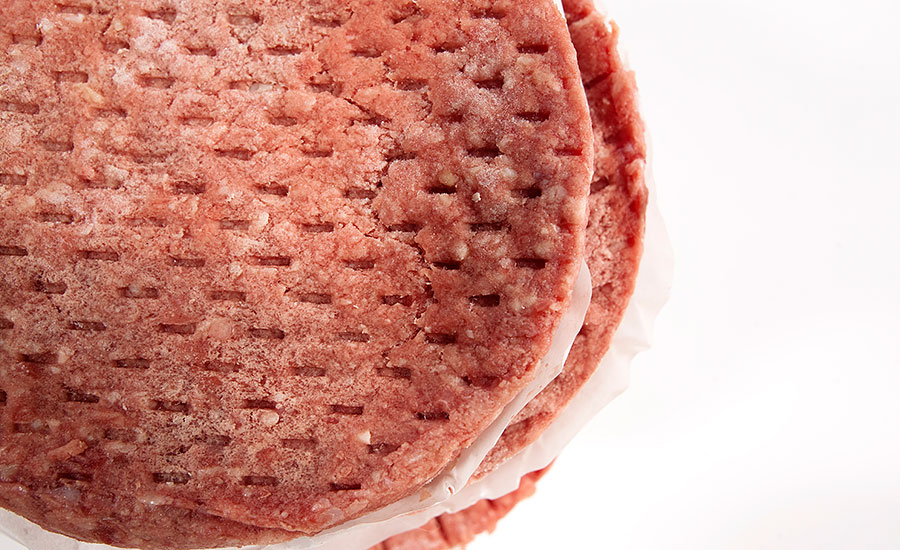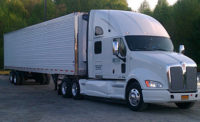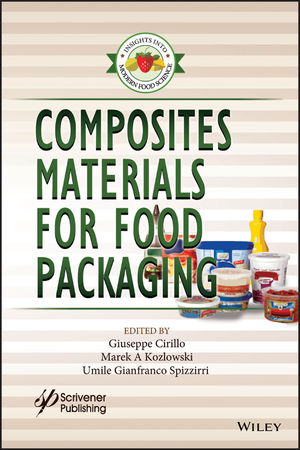Protein products presented in patty or sliced form often depend on interleaving and stacking prior to being packaged in film on a form-fill-seal machine or loaded into trays or cartons. An interleaved flat or folded paper, film or foil sheet often separates patties/slices. Interleaving also enhances sanitary handling, delivers freeze release and improves shelf life.
Unfortunately, whether destined for home or foodservice use, stacks of frozen patties often come out of the carton fused together, particularly if the package has experienced any conditions involving partial thawing and refreezing. As a result, when it comes time for meal preparation, it’s not always easy to free a single portion from a stack of frozen patties. Interestingly, a quick survey of the grocery store freezer case shows packaging for protein patties provides safe handling instructions and cooking instructions (typically calling for a start from the frozen state). However, when it comes to separating an individual portion from the stack, the consumer is on his or her own.
Single-sheet interleaving may help, but it’s no guarantee of easy separation. The two sheets of interleaving separating a trio of beef burgers, which appeared to have been individually quick-frozen prior to stacking, expedite removal of a single burger. But a single sheet interleaved between a pair of turkey burgers did not prevent fusion into a frozen block or help separate the patties for cooking. In fact, an attempt to separate individual servings resulted in the frozen pair landing on the floor.
An Internet search for advice yields many suggestions involving a knife. A sharp blade, however, can be hazardous, as Jeremy Affeldt, a left-handed pitcher for Major League Baseball’s San Francisco Giants, learned in September 2011, when he cut his right hand while trying to separate frozen hamburger patties for a barbecue. According to news reports at the time, he needed surgery to repair nerve damage and was out for the remainder of the season.
Some knife recommendations specify a butter knife, a somewhat duller, yet still potentially hazardous implement. Suggestions involve inserting the knife between layers and, in some cases, call for it to be pounded into place with another tool. Although this action may effect separation, permanent damage to the tableware seems likely, and the risk of the knife or product slipping remains.
Potential solutions to freeing individual frozen patties include positioning interleaving sheets on top and bottom to create a sheet-to-sheet separation rather than sheet-to-product fusion. Thawing in the refrigerator, microwave or water bath is another possibility, but any thawing method may force cooking more portions than needed, since thawed patties really shouldn’t be refrozen. Of course, if cooking instructions recommend starting from a frozen state, thawing may result in a less than optimum entree. Finally, thawing in the refrigerator requires considerable time and therefore advance planning, a requirement counter to the idea that these products offer convenience in the form of quick meal preparation.
Fortunately, today’s interleaving and stacking equipment is quite flexible and can be configured to place the sheet under or around the product. Systems also can be integrated with tray or carton loading.
With interleaving and stacking, consumer handling and needs should be considered from product development all the way through packaging and shipping.









